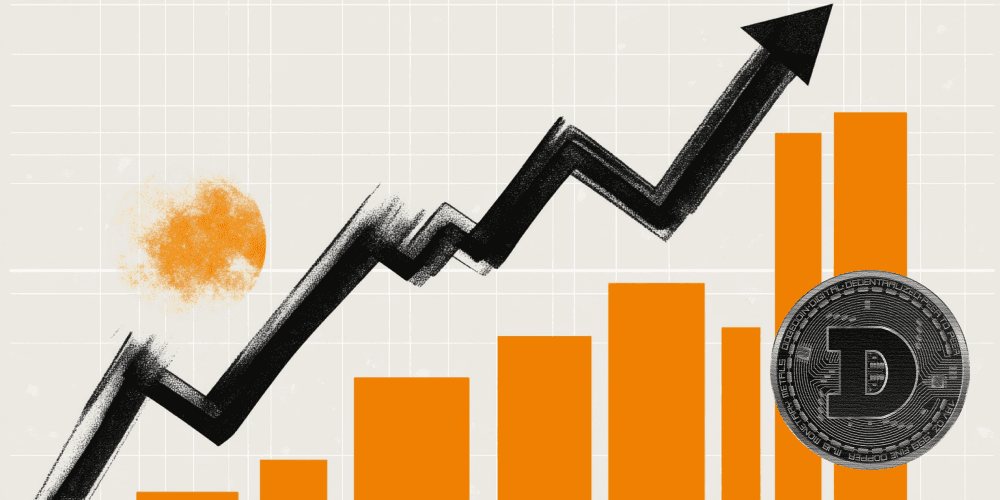Japanese Yen rallies to multi-month highs against USD, fuelled by BoJ hike
- The Japanese Yen continues to gather strength following BoJ Governor Kazuo Ueda's remarks on the policy decision.
- The Bank of Japan unexpectedly hiked interest rates by 15 bps and laid out a plan to taper Japanese government bonds (JGB) buying to ¥3 trillion per month.
- USD/JPY trades at fresh multi-month lows as market focus shifts to Fed rate decision.

The Japanese Yen (JPY) continues to gather strength against the US Dollar (USD), capitalizing on the unexpectedly hawkish policy announcements by the Bank of Japan (BoJ). At the time of press, USD/JPY pair was trading at its lowest level since mid-March at around 150.00, losing nearly 2% on a daily basis.
The BoJ raised the short-term rate target by 15 basis points (bps) from the range of 0%-0.1% to 0.15%-0.25%. Additionally, the bank set out a plan to taper Japanese government bonds (JGB) buying to ¥3 trillion per month as of the first quarter of 2026.
Japanese Yen PRICE This week
The table below shows the percentage change of Japanese Yen (JPY) against listed major currencies this week. Japanese Yen was the strongest against the Australian Dollar.
| USD | EUR | GBP | JPY | CAD | AUD | NZD | CHF | |
|---|---|---|---|---|---|---|---|---|
| USD | 0.17% | 0.17% | -2.34% | -0.10% | 0.44% | -0.61% | -0.49% | |
| EUR | -0.17% | -0.04% | -2.52% | -0.27% | 0.31% | -0.78% | -0.64% | |
| GBP | -0.17% | 0.04% | -2.53% | -0.25% | 0.35% | -0.75% | -0.60% | |
| JPY | 2.34% | 2.52% | 2.53% | 2.24% | 2.86% | 1.78% | 1.99% | |
| CAD | 0.10% | 0.27% | 0.25% | -2.24% | 0.59% | -0.52% | -0.35% | |
| AUD | -0.44% | -0.31% | -0.35% | -2.86% | -0.59% | -1.07% | -0.94% | |
| NZD | 0.61% | 0.78% | 0.75% | -1.78% | 0.52% | 1.07% | 0.15% | |
| CHF | 0.49% | 0.64% | 0.60% | -1.99% | 0.35% | 0.94% | -0.15% |
The heat map shows percentage changes of major currencies against each other. The base currency is picked from the left column, while the quote currency is picked from the top row. For example, if you pick the Japanese Yen from the left column and move along the horizontal line to the US Dollar, the percentage change displayed in the box will represent JPY (base)/USD (quote).
BoJ Governor Kazuo Ueda explained the reasons behind the surprise policy move at a press conference. Ueda deemed it appropriate to adjust the degree of easing to sustainably and stably achieve the 2% inflation target. Additionally, he emphasized that they will keep raising interest rates.
Providing extra legs to the Japanese Yen upside, Mitsubishi UFJ Bank announced that it will raise its short-term prime lending rate to 1.625% from 1.475% starting from September 2, aligning with the BoJ’s rate hike.
Read more: BoJ Governor speaks on policy outlook after surprise interest-rate hike
Meanwhile, the US Dollar (USD) faces challenges ahead of the Federal Reserve’s (Fed) upcoming interest rate decision scheduled for Wednesday. While the central bank is expected to keep rates unchanged in July, there is growing anticipation of a rate cut in September. This speculation is putting pressure on the USD alongside the unrelenting selling in the USD/JPY pair.
Daily Digest Market Movers: Japanese Yen extends rally, eyes turn to the Fed verdict
- Japan’s Chief Cabinet Secretary Yoshimasa Hayashi stated on Tuesday that the Bank of Japan and the government will closely coordinate. Hayashi emphasized that the BoJ will work closely with the government to implement appropriate monetary policies aimed at achieving the inflation target.
- Assessing the BoJ's policy outlook moving forward, "te BoJ’s policy statement includes a fairly optimistic assessment of the Japanese economic outlook stating that fixed investment is ‘on a moderate increasing trend’ and corporate profits are ‘improving’," said Rabobank analysts and added: "It states that wage rises ‘have been spreading across regions, industries, and firm sizes.’ This leaves the door open for further rate hikes potentially in late 2024 or early 2025."
- Japan’s Retail Sales rose by 3.7% year-on-year in June, surpassing the forecasted 3.3% gain and reaching the highest level in four months. Meanwhile, on a monthly basis, Retail Sales increased by 0.6%, a slowdown compared to the previous 1.7% rise.
- Private sector employment in the US rose 122,000 in July and annual pay was up 4.8% year-over-year, the Automatic Data Processing (ADP) reported on Wednesday. This reading followed the 155,000 increase (revised from 150,000) recorded in June and came in below the market expectation of 150,000.
- Japan's Unemployment Rate was 2.5% in June, slightly lower than market forecasts of 2.6% and the rate observed over the previous four months. This marks the lowest jobless rate since January.
- Atsushi Mimura, Japan’s newly appointed Vice Finance Minister for International Affairs and top foreign exchange official stated in a Bloomberg interview on Monday that “while the recent depreciation of the Yen has both advantages and disadvantages, the demerits are becoming more noticeable.” Mimura mentioned that intervention is among the measures available to counter excessive speculation affecting the currency.
- Japan's top council has urged the government and the Bank of Japan to be mindful of the weak JPY when formulating policy. The council emphasized that the impact of a weak Yen and rising prices on consumption cannot be simply overlooked.
- Bank of America indicates that strong economic growth in the United States allows the Federal Open Market Committee (FOMC) to "afford to wait" before making any changes. The bank states that the economy "remains on robust footing" and continues to expect the Fed to start cutting rates in December.
Japanese Yen FAQs
The Japanese Yen (JPY) is one of the world’s most traded currencies. Its value is broadly determined by the performance of the Japanese economy, but more specifically by the Bank of Japan’s policy, the differential between Japanese and US bond yields, or risk sentiment among traders, among other factors.
One of the Bank of Japan’s mandates is currency control, so its moves are key for the Yen. The BoJ has directly intervened in currency markets sometimes, generally to lower the value of the Yen, although it refrains from doing it often due to political concerns of its main trading partners. The current BoJ ultra-loose monetary policy, based on massive stimulus to the economy, has caused the Yen to depreciate against its main currency peers. This process has exacerbated more recently due to an increasing policy divergence between the Bank of Japan and other main central banks, which have opted to increase interest rates sharply to fight decades-high levels of inflation.
The BoJ’s stance of sticking to ultra-loose monetary policy has led to a widening policy divergence with other central banks, particularly with the US Federal Reserve. This supports a widening of the differential between the 10-year US and Japanese bonds, which favors the US Dollar against the Japanese Yen.
The Japanese Yen is often seen as a safe-haven investment. This means that in times of market stress, investors are more likely to put their money in the Japanese currency due to its supposed reliability and stability. Turbulent times are likely to strengthen the Yen’s value against other currencies seen as more risky to invest in.
Author

Akhtar Faruqui
FXStreet
Akhtar Faruqui is a Forex Analyst based in New Delhi, India. With a keen eye for market trends and a passion for dissecting complex financial dynamics, he is dedicated to delivering accurate and insightful Forex news and analysis.

















